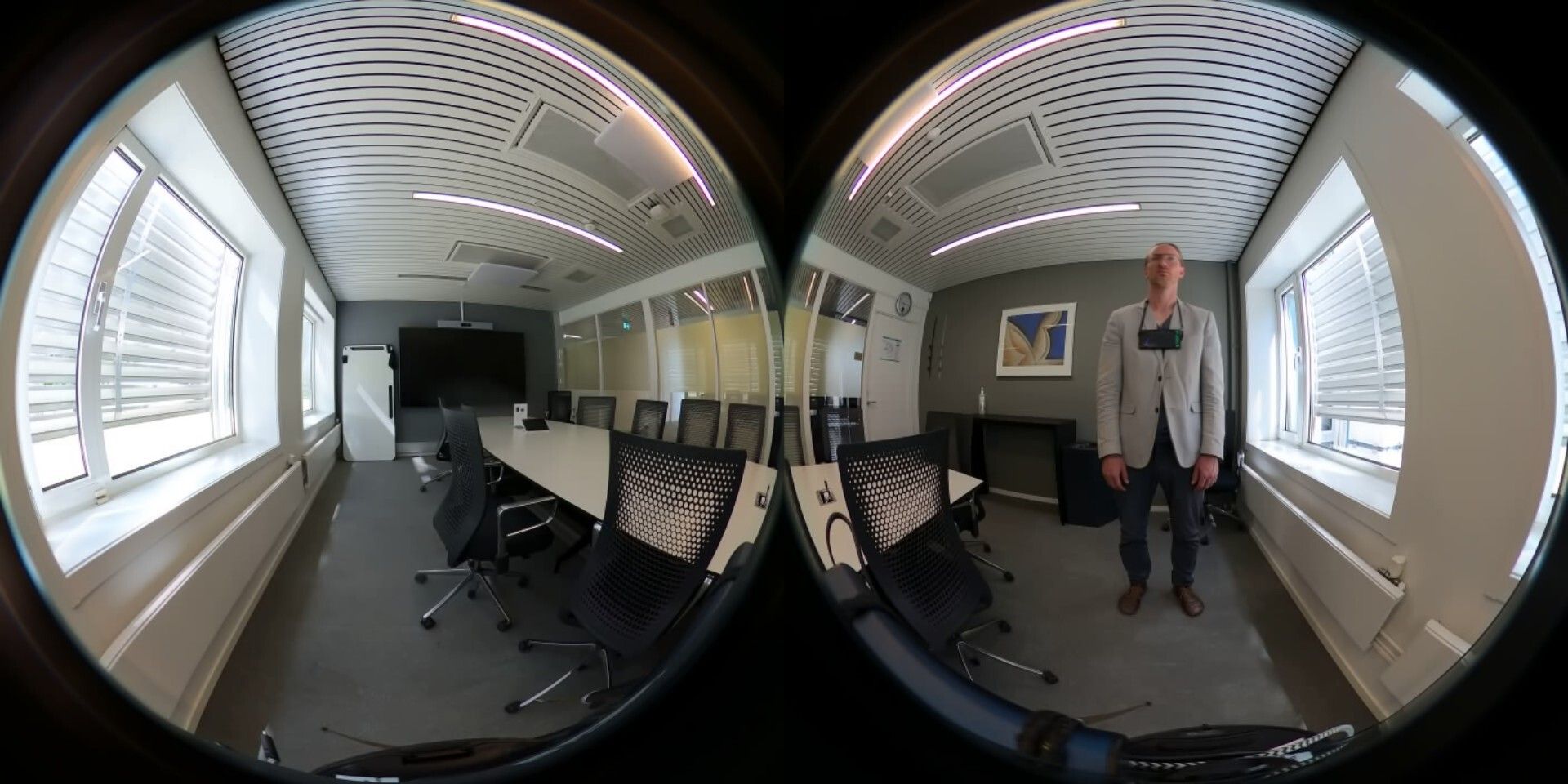Today, I stood still in a meeting room with an oddly ticking clock. This was part of my annual #StillStanding project which is documented on my Mastodon channel.
There was nothing special about today’s session but the clock. The meeting room was furnished with a large table in the middle, a screen on the wall, and glass walls on both sides. The large ventilation system led to a noticeable low-frequency “hum” dominating the soundscape. As with all such rooms with glass walls, the sound insulation was not particularly efficient, so I could easily hear people walking and talking outside.

What immediately caught my attention was the ticking clock on the wall. Why would anyone put a ticking clock on the wall in a meeting room? I have stood still in several auditoriums with clocks (most recently #160 and #156). These typically have clicks only every minute. Keeping track of the time could be helpful to both students and lecturers, and minute clicks are manageable. However, adding a second-ticking clock in a meeting room seems to be done on purpose by someone that don’t like long meetings. In a meeting, I would find it both annoying and stressful.
The intriguing about today’s clock experience was that it was only ticking for 30 seconds at a time. I imagine that the clock has fallen on the floor at some point (did an annoyed meeting attendee throw it on the floor?), slightly shifting the position of the dial. The result was that the tick would fade in and out every 30 seconds. I recorded a short video, although this close-up does not reveal the effect I heard while standing in the middle of the room.
This resulted in an interesting two-layered rhythmic pattern, the second ticks, and the 30-second fade-in/out pattern. It was fascinating, and I stayed in the room for some extra minutes after my standstill to listen to the effect for longer. What would have been an annoying ticking clock in a regular meeting became the source of a fascinating soundscape experience.
